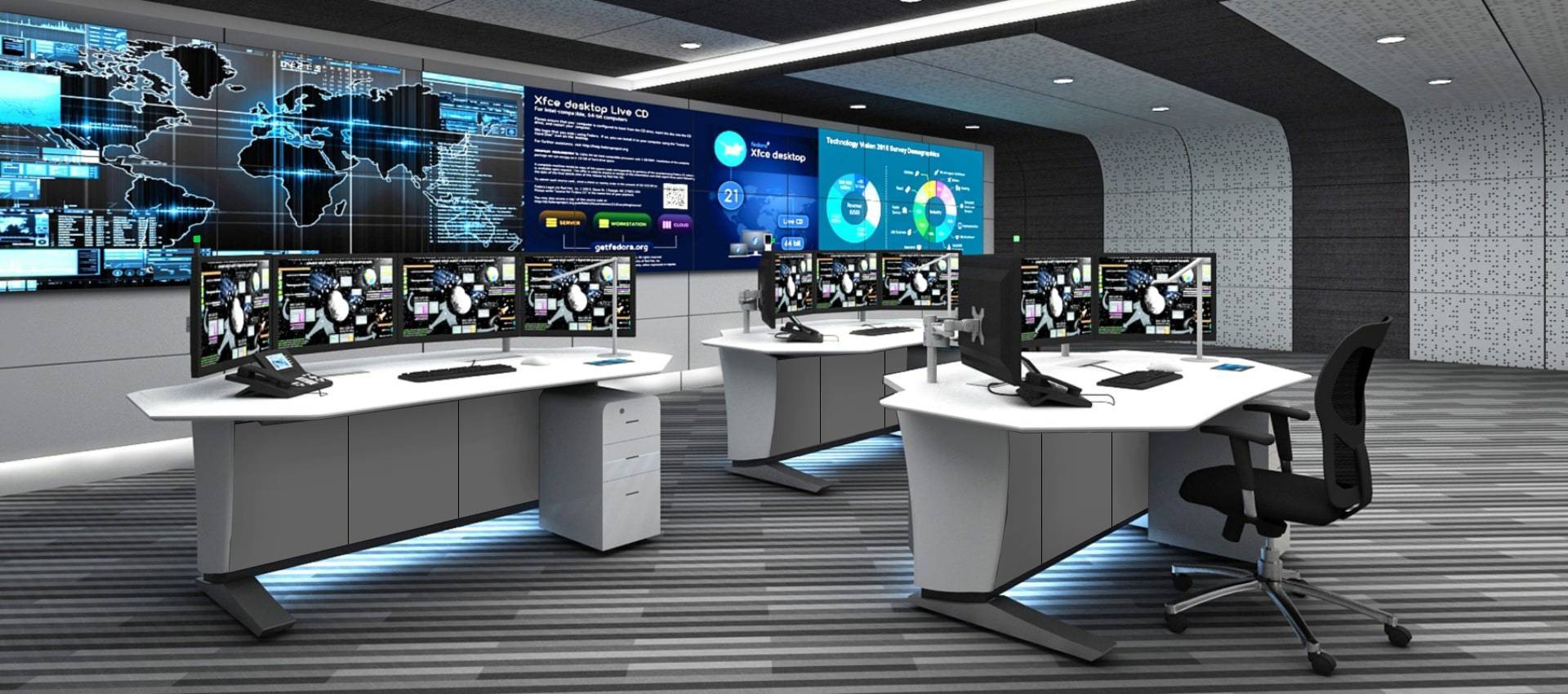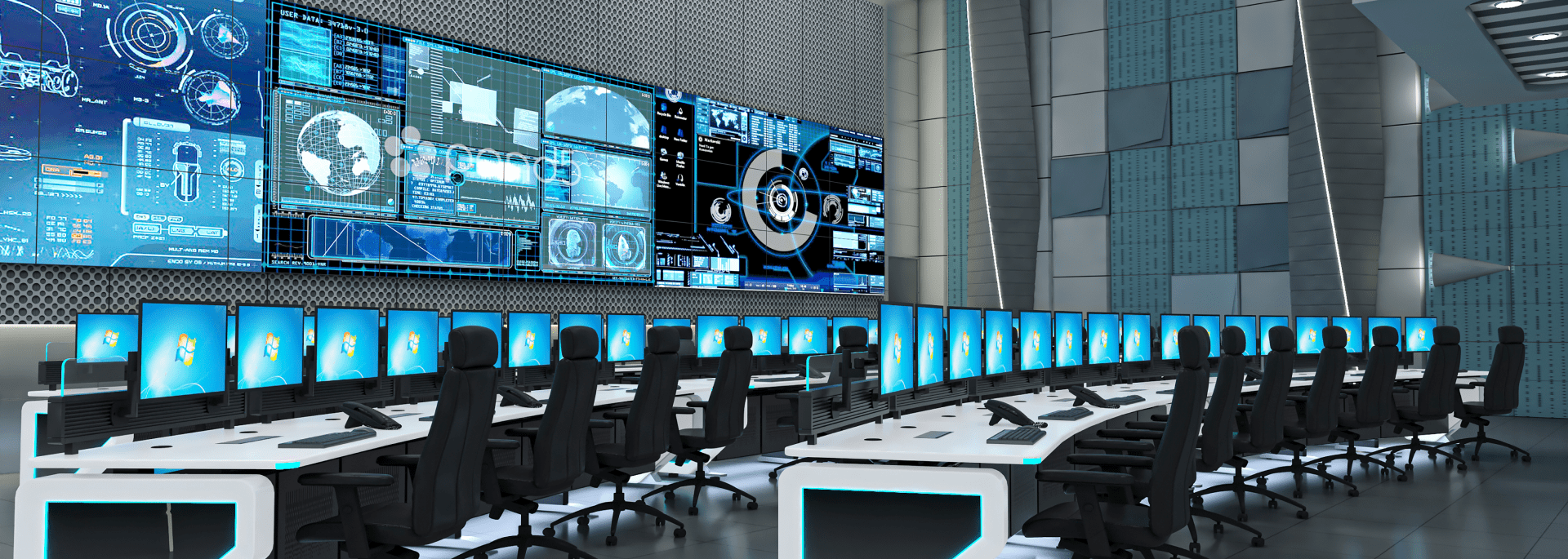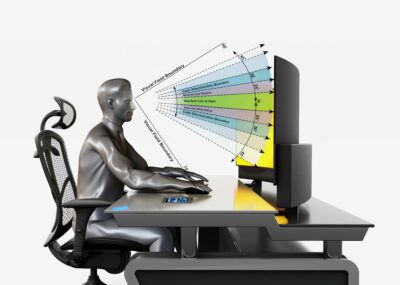
The Role of Ergonomics in Airport Control Room Design for operation
In today’s increasingly complex aviation environment, airport control rooms are the nerve centers where critical decisions are made every minute. These high-pressure environments require designs that accommodate advanced technology and prioritize operators’ well-being and efficiency. That’s where ergonomics becomes a key factor. For control room manufacturers like us, the goal is to create workspaces that enhance operator performance and safety while minimizing stress and fatigue.
Why Ergonomics Matters in Airport Control Rooms
Ergonomics involves designing spaces and workstations that align with human capabilities and limitations. In airport control rooms, where air traffic controllers must remain focused for extended periods, ergonomic design directly impacts efficiency, comfort, and ultimately, the success of operations.
Poor ergonomics can lead to discomfort, fatigue, and decreased concentration, all of which increase the likelihood of errors in critical moments. Control rooms can improve workflow, decision-making, and overall safety by focusing on ergonomic principles.
Key Elements of Ergonomic Control Room Design
When designing control rooms for airports, several ergonomic factors must be carefully considered:
- Adjustable Workstations: Air traffic controllers often spend long hours at their stations. Desks that can be adjusted for sitting and standing positions help prevent the physical strain associated with prolonged periods of sitting. The ability to switch postures throughout the day boosts both comfort and concentration.
- Monitor Placement and Visibility: Proper monitor placement is essential. Screens should be positioned at eye level, at an appropriate distance to avoid neck strain and eye fatigue. Ensuring that critical information is displayed clearly and within the operator’s line of sight helps maintain focus during high-stakes situations.
- Ergonomic Seating Solutions: Chairs are vital to an operator’s comfort. Ergonomically designed chairs with lumbar support and adjustable settings help maintain proper posture, reducing the risk of back pain. Comfortable seating allows operators to remain attentive and perform efficiently throughout their shifts.
- Optimal Console Layout: Everything an operator needs in a well-designed control room is within easy reach. By strategically placing equipment, consoles, and controls, unnecessary movement is minimized, allowing operators to stay focused on the task at hand. This thoughtful arrangement enhances workflow and reduces fatigue.
- Lighting and Environmental Controls: While we do not manufacture wall panels, HVAC systems, or other integrations, it’s important to mention that lighting and environmental factors significantly affect operator comfort. Adjustable lighting, glare control, and temperature settings can be optimized to support a comfortable and alert working environment.
The Impact of Ergonomics on Performance and Safety
In airport control rooms, the smallest details can have a significant impact on performance. An ergonomic design contributes to more than just comfort; it enhances operators’ ability to concentrate and make rapid, accurate decisions. This is crucial in an environment where a split-second delay or mistake can have far-reaching consequences.
By reducing physical and mental strain, ergonomic control rooms lead to lower error rates, improved communication, and more efficient operations. The ultimate goal is to create a workspace where operators can perform at their best, even during long and stressful shifts.
Our Approach to Ergonomic Control Room Design
As control room manufacturers, we focus on designing environments that support operator well-being while ensuring maximum efficiency. Our designs incorporate adjustable workstations, ergonomic seating, optimal monitor placement, and intuitive layouts that make it easier for operators to manage complex tasks.
Although we do not provide integrations like HVAC systems or wall panels, we emphasize the importance of creating ergonomic solutions that enhance performance in the most critical control room environments. We understand that in airport control rooms, every second counts, and the right design can make all the difference.
Frequently Asked Questions (FAQ)
- Why is ergonomics crucial in airport control rooms?
It enhances operator comfort, focus, and efficiency, reducing fatigue and errors in high-pressure environments. - What are key ergonomic design elements?
Adjustable workstations, proper monitor placement, ergonomic seating, and efficient console layouts. - How does ergonomic design improve safety?
By reducing strain and enhancing concentration, leading to fewer errors and better decision-making. - Why are adjustable workstations important?
They allow posture changes, reducing discomfort and improving focus during long shifts.





No Comments